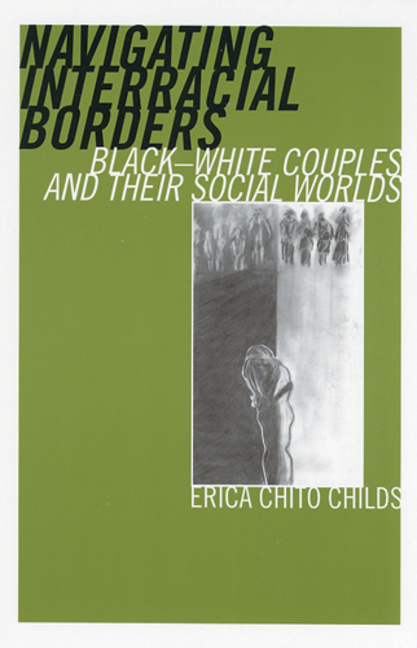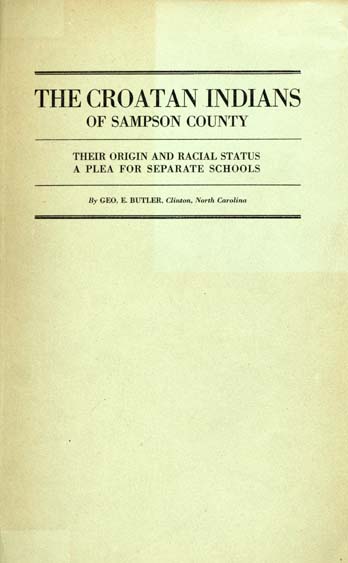American Indian Identity and Blood Quantum in the 21st Century: A Critical Review
Journal of Anthropology
Volume 2011 (2011)
Article ID 549521
9 pages
DOI: 10.1155/2011/549521
Ryan W. Schmidt
Department of Anthropology
University of Montana
Identity in American Indian communities has continually been a subject of contentious debate among legal scholars, federal policy-makers, anthropologists, historians, and even within Native American society itself. As American Indians have a unique relationship with the United States, their identity has continually been redefined and reconstructed over the last century and a half. This has placed a substantial burden on definitions for legal purposes and tribal affiliation and on American Indians trying to self-identify within multiple cultural contexts. Is there an appropriate means to recognize and define just who is an American Indian? One approach has been to define identity through the use of blood quantum, a metaphorical construction for tracing individual and group ancestry. This paper will review the utility of blood quantum by examining the cultural, social, biological, and legal implications inherent in using such group membership and, further, how American Indian identity is being affected.
1. Introduction
Identity in American Indian communities and the ability to define tribal membership has continually been a subject of contentious debate. To obtain federal recognition and protection, American Indians, unlike any other American ethnic group, must constantly prove their identity, which in turn, forces them to adopt whatever Indian histories or identities are needed to convince themselves and others of their Indian identity, and thus their unique cultural heritage. Is there an appropriate means to recognize and define just what and who is an Indian? Should it be necessary for federal officials and tribes to continually reconstruct definitions to suit the present sociopolitical climate for American Indian identity? These questions need to be answered in light of American Indian identity politics, including how race serves as a basis for the exclusion or inclusion of “mixed bloods” within tribal communities and the United States society as a whole. In this context, identity has become one of the great issues of contestation in an increasingly multicultural and “multiracial” society.
One approach to answer these complex questions since initial contact between Native American tribes and European Americans has been to define identity through the use of blood quantum, a metaphorical, and increasingly physiological construction for tracing individual and group ancestry. Initially used by the federal government to classify “Indianness” during the late 1800s in the United States, many American Indian tribes have adopted the use of blood quantum to define membership in the group. This paper will explore the utility of blood quantum by examining the cultural, biological, political, and legal implications inherent through such a restricted use of group membership. In addition, blood quantum (and other genetic methods) as a way of tracing descent will be critiqued in favor of adopting a cultural-specific approach that allows inclusive membership and criteria not based upon one’s genetic and biophysical makeup. By reducing the reliance on blood quantum to define membership, American Indians can start moving away from an imposed racial past which was artificially created in the first place…
Read the entire article in HTML or PDF format.



